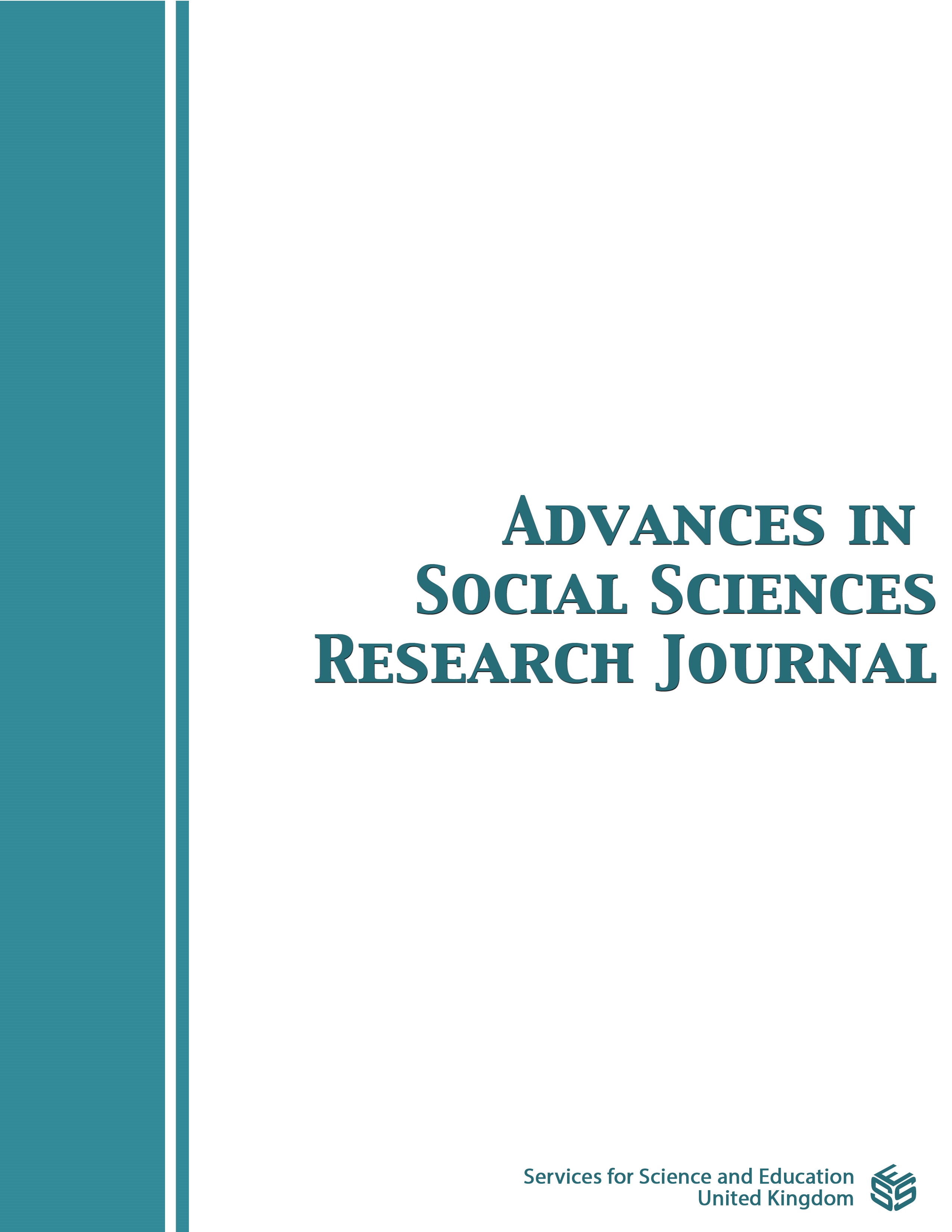Some Variables Affecting the Food Consumption Behavior of Rural Woman in El-Beheira Governorate, Egypt
DOI:
https://doi.org/10.14738/assrj.97.12610Keywords:
rural woman, food consumption behavior, food quality and safety, Egypt.Abstract
The main objective of this research is identifying the food consumption behavior of rural woman in El-Beheira Governorate, Egypt. These objective can be achieve by sub-objectives as follow: (1) Identifying the knowledge level of rural woman in relation to food consumption behavior to achieve household food security, (2) Identifying the food consumption practices carried out by rural woman to maintain the health of the family, and to identify the trends of rural woman related to food consumption behavior, (3) Studying the importance of the quality of food consumer goods for the researched rural woman, and studying the correlational and regressive relationships between the socio-economic and communication characteristics of rural woman and their food consumption behavior, (4) Identifying the problems of food consumption from the point of view of rural woman and their proposals to solve them. The data collection was based on a questionnaire with a personal interview from the respondents, as the comprehensiveness of this study involved all rural woman in the two local units in the Abu al-Matamir Center in El-Beheira Governorate, namely: Nimriya and Kom al-Faraj. The females in them (122665) represent the comprehensiveness of this study, and a random sample of (0.25%) was chosen from the comprehensive, which resulted in (306) rural woman representing the study sample, and (6) forms were excluded from the sample due to the lack of data in them. The statistical methods were represented in percentages, frequency tables, arithmetic mean, standard deviation, simple correlation coefficient, multiple regression analysis, partial regression coefficient, multiple phase regression, T-test, F-test, and the most important results were as follows: The results of the research showed that about (78.7%) of the respondents enjoy a high level of knowledge, that the majority of the respondents (73%) enjoy an average level of practice, and that the majority of the respondents (72%) have a high level of attitude in relation to food consumption behavior, in addition to the fact that the majority of the respondents (75.3%) have a high level of food consumption behavior, and the results of the study also showed that the independent variables that were significantly associated with the food consumption behavior of rural woman as a dependent variable were: age, marital status, family size, education level, information sources from which rural woman draw its information on food consumption behavior, and the quality of food consumer commodities for the researched rural woman, it was also found that: age, marital status, family size, education level, and quality of food consumption commodities of the rural woman surveyed are responsible for explaining (61%) of the total variance in the food consumption behavior of rural woman as a dependent variable. It was clear from the results of the research that the food consumption problems from the perspective of rural woman were represented in: high prices (vegetables, fruits and food commodities) (69.3%), a decrease in income with increased burdens on the family (64.7%), and commercial fraud (selling commodities expired, removing data from packages, selling spoiled food in restaurants, using bad packages, selling commodities of unknown origin, and cheating in weights) (56.3%), and children’s frequent consumption of food with artificial colors and preservatives (30.3%), unavailability of gas pipes and their high prices (26.7%), frequent power cuts, which leads to rapid spoilage of stored food (25.7%), and frequent spraying of vegetables and fruits with pesticides (16.7%), the lack of control over the markets and the lack of strict laws on those who cheat in the markets (15%), and the absence of awareness campaigns regarding the following (correct food storage methods, manifestations of fraud, housekeeping methods, and components of the integrated diet) (13.7%), marketing of immature vegetables and fruits (10.7%), continuous lack of high-quality food commodities (9%), constant water cuts and uncleanliness (7%), and the absence of a role for consumer protection associations in rural areas (7%). the lack of guidance to agricultural producers on appropriate agricultural practices to maintain the quality of crops (3.7%), the lack of diversity of food commodities available in the markets (3.3%), and the distance between the village and the market (3%). It was clear from the results of the research that the solutions to the food consumption problems facing the respondents from their point of view in the research area were: reducing the prices of commodities and food products (66.7%), controlling markets and punishing those who do the following (selling expired commodities, selling commodities of unknown origin, removing data from packages, using improper food packages, selling commodities unfit for human consumption (49%), and spreading a culture of consumer awareness (educating consumers on methods of commercial fraud, awareness of proper storage methods, awareness of the components of an integrated meal, and awareness not to overdo it eating foods containing preservatives and artificial colors (44%), increasing income and supporting woman financially and morally (34%), solving the problem of electricity cuts (22%), providing gas pipelines and reducing their prices (20.3%), reducing the spraying of crops with pesticides (15.3%), providing diverse and high-quality food commodities (12.3%), and marketing ripe vegetables and fruits (10%), communicating the problems of rural consumers to officials (7.7%), providing clean and usable water (6.7%), reporting fraud immediately to responsible authorities (6%), and instructing producers on correct agricultural practices (3%), and setting up projects for young graduates from agricultural colleges to sell reliable products (0.3%).
Downloads
Published
How to Cite
Issue
Section
License
Copyright (c) 2022 Gaber A. B. Shehata, Abo Zaid M. El-Habal, Souzan I. El-Sharbatly, Esraa G. M. Mohamed

This work is licensed under a Creative Commons Attribution 4.0 International License.
Authors wishing to include figures, tables, or text passages that have already been published elsewhere are required to obtain permission from the copyright owner(s) for both the print and online format and to include evidence that such permission has been granted when submitting their papers. Any material received without such evidence will be assumed to originate from the authors.






